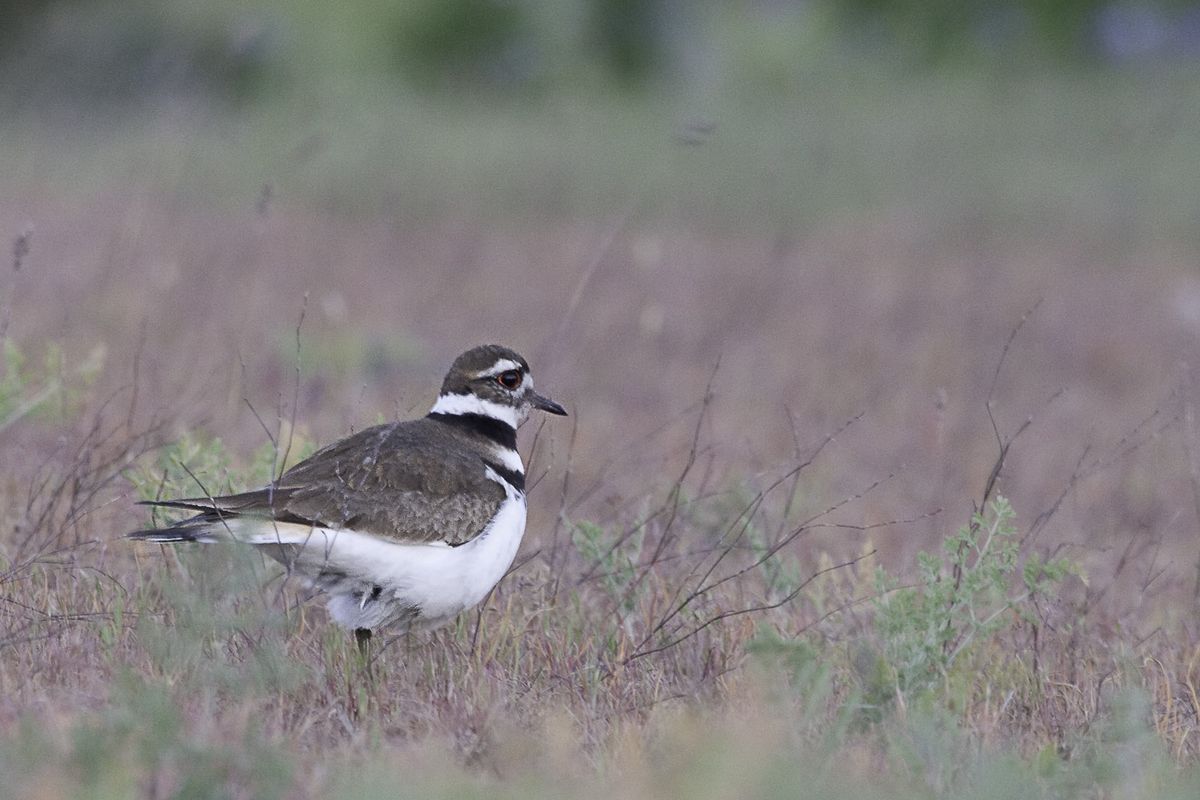Federal budget allots $1.5 million to expand Turnbull refuge

The Turnbull National Wildlife Refuge will receive $1.5 million to purchase nearly 500 additional acres of Eastern Washington’s Channeled Scablands.
The federal appropriation will help preserve one of the world’s most distinctive landscapes, said Molly Ingraham, a conservation director for the Nature Conservancy in Seattle, which lobbied to get the money into the federal budget.
Fifteen thousand years ago, Ice Age floods scoured a path along Washington’s eastern edge, stripping away topsoil and leaving behind a scarred and bumpy landscape of basalt outcroppings and gouged-out depressions.
“It really is a unique landscape with a biological community that you can’t find anywhere else in the state,” Ingraham said.
The Turnbull Wildlife Refuge protects 16,000 acres of scabland habitat near Cheney. Despite their barren connotation, the scablands host a rich array of plant and animal life, said Mike Rule, the refuge’s wildlife biologist.
After the floods, volcanic eruptions in the Cascade Range deposited layers of ash in the gouged-out areas. The ash layers formed water-tight seals, creating 3,500 acres of sloughs and wetlands on the refuge, which are used by more than 200 species of waterfowl and songbirds.
Nationally, the refuge ranks with the Prairie Pothole region of the Great Plains for per-acre densities of wetlands and waterfowl production, Rule said. It also contains two endangered plants – water howellia and Spalding’s catchfly – plus remnants of the region’s original Palouse steppe vegetation.
Refuge visitors frequently see mallards, cinnamon teal and red headed ducks – divers characterized by rust-colored head feathers and smoky blue bills. Rule’s favorite part of the refuge is Stubblefield Lake in the southeast section.
“It’s really alive in the springtime,” he said. “We have hundreds of ducks and migrating tundra (swans) that use the lake. We have great blue herons that forage along the lake’s edge and shorebirds that use the shoreline.”
Protecting the refuge’s water sources is one goal of buying more land. Rule said refuge officials haven’t identified specific parcels they’ll try to purchase.
The wetlands depend on a shallow aquifer, which could be depleted by future residential development near the refuge. At least 200 wells already lie within a mile of the refuge. Phosphorus leaching into the groundwater from septic systems, creating algae blooms in shallow lakes and wetlands, is another potential concern, Rule said.
In 2007, the refuge identified 12,000 acres surrounding its property as a priority for future purchases, easements or other agreements with interested landowners.
Most of the original scablands were altered by homesteaders, who drained wetlands for farming and grazing. Public ownership protects only a small piece of the Channeled Scablands.
In recent years, Rule said he’s seen a growing awareness of the scablands’ ecological value. The refuge contains some of the last high-quality breeding and winter habitat for waterfowl in Eastern Washington.
Ducks Unlimited, state agencies and the Spokane chapter of the National Audubon Society joined the Nature Conservancy in lobbying for the $1.5 million to expand the refuge.
One of the best ways to appreciate the Channeled Scablands is to see the refuge from the air, Rule said.
“If you fly over it – even on a commercial flight from the Spokane Airport – you see the many wetlands and the sun glinting off the water,” he said.